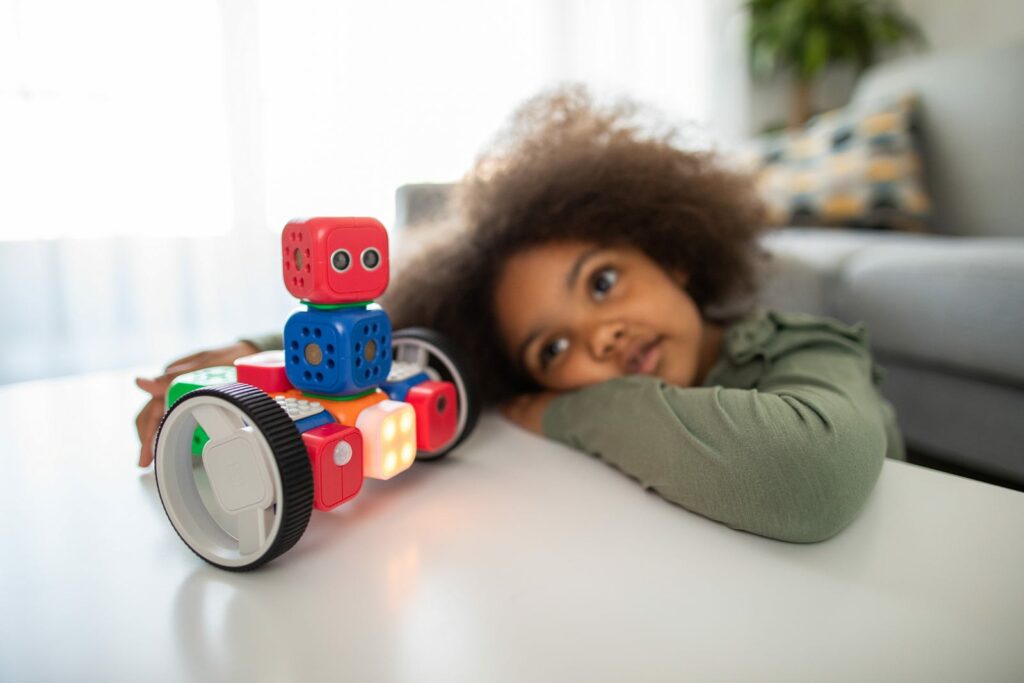
AI art is being talked about a lot. Maybe it’s the circles I hang out in, but I’ve seen far more arguments against AI art than in support of it. This article is an attempt to defend AI art.
The Value of Art
For some applications, the real value of art isn’t in the art itself, but in what the art does. A comic artist’s contribution isn’t the art; the art is merely a means to an end: getting the point across.
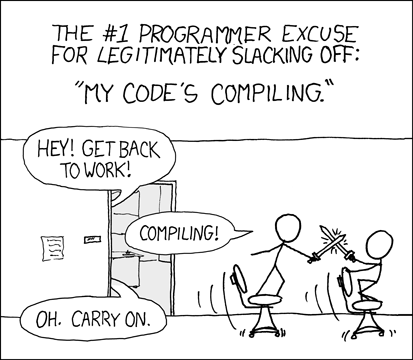
xkcd is a comic that’s highly regarded among nerds. It uses stick figures. The art style can accurately be described as primitive. The reason the comic is loved isn’t because of its art, rather, because of its content. To make a comic, you need art to get the point across. If the comic’s art style got fancier, but the content got worse, it wouldn’t gain readers. Quite the opposite. Many would stop reading it because it is no longer interesting.
Originality of Art
A related argument is that the originality of the art is the idea, not the execution. Take the banana stuck to the wall for example. The execution is simple, but the value of the art is in the originality is the idea. That’s not to say that all art is easy to execute. Piet Mondrian’s Tableau is an example of art where the idea is simple, but the execution is hard.
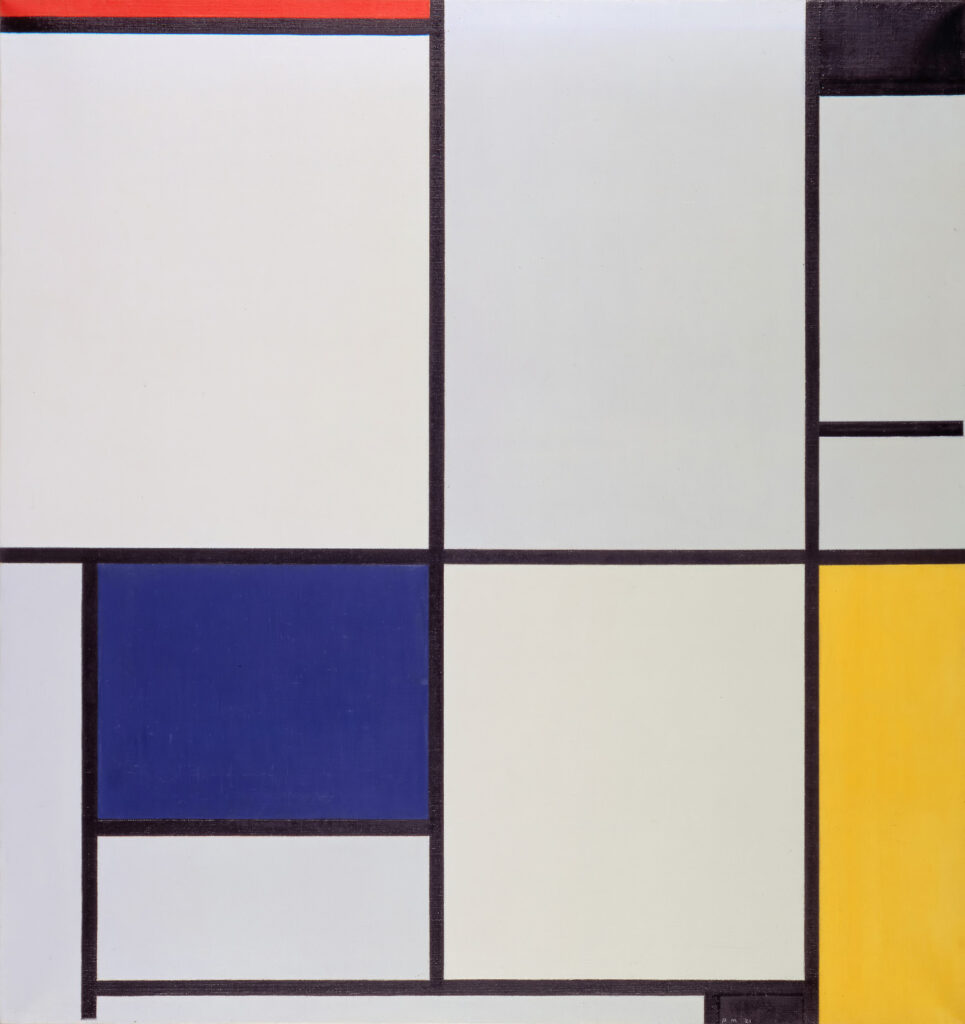
Obviously, one caveat here is that, for now, only digital art is replaced by AI. With recent advancements in robotics, I wouldn’t rule out robots being able to create physical art in the future.
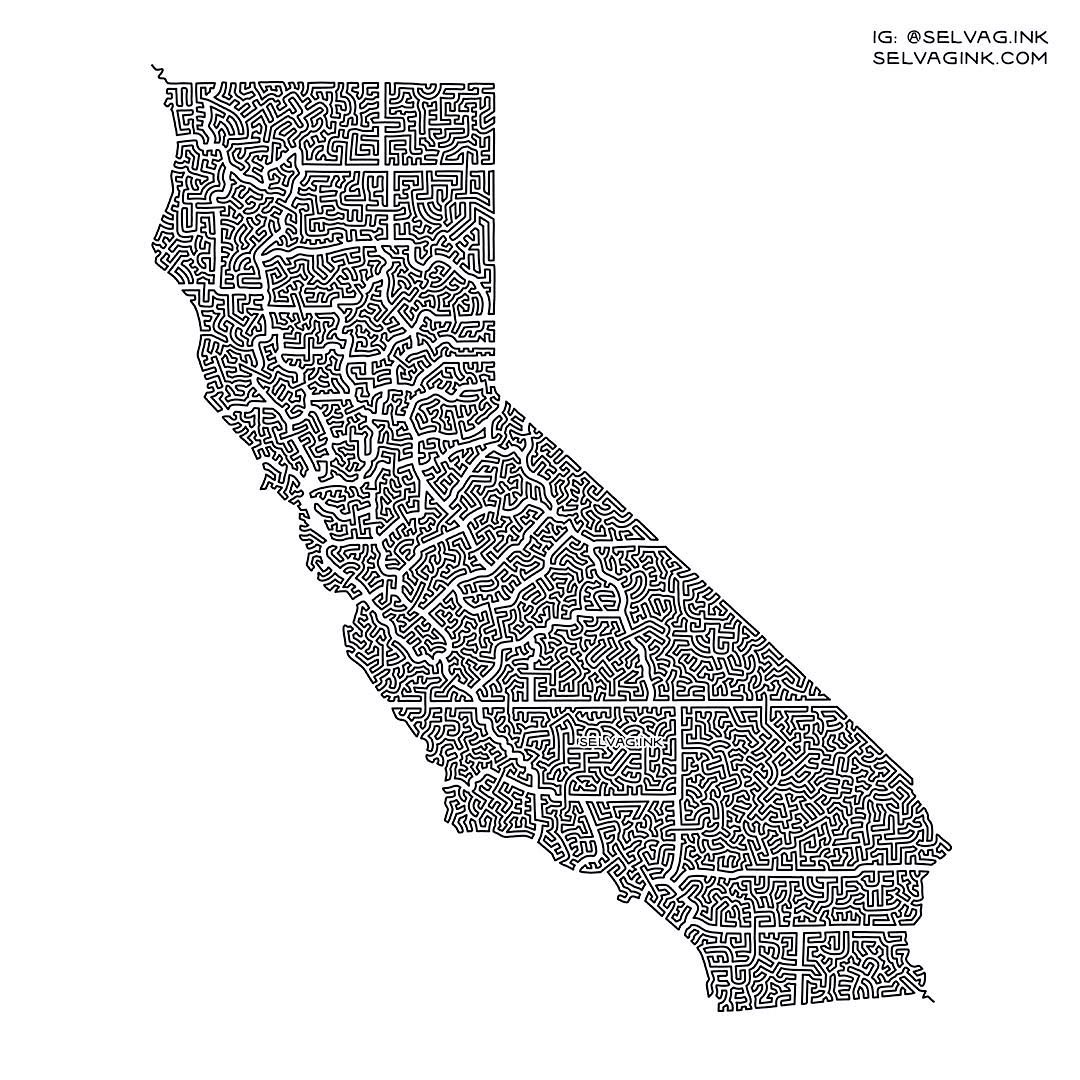
It’s worth noting that I’m a firm believer that machined objects are better than handmade ones. @selvag.ink on Instagram draws great one-line maps. If AI could do that, I think their creation would be superior. Drawing straight lines is hard for humans and, when they are able to draw them, they aren’t perfectly straight lines. To me, that is unnecessary hardship; it’s a lot of effort for subpar results. Yes, it’s impressive, but that doesn’t matter. What matters is the end product. A computer can draw straighter lines and, therefore, has better execution and a better final product. If someone decided to go around the Earth to measure its circumference, that would be impressive, but unnecessary and probably yield worse results than the mathematical way. To me, handmade objects are the equivalent of the circumnavigator.
Access to Art
From a utilitarian point of view, AI art makes art more accessible. That is an, overall, good thing. People who have a need for art can access it now.
Imagine a person with an idea for an illustrated kids’ story. Unfortunately, they can’t afford to commission an artist to make their vision a reality. Before AI art was possible, their vision and dream would have died with them. However, in a post-AI-art world, they can generate the illustrations necessary for the story themselves, or, at least, have a proof of concept to show publishers.
AI Training
Another argument I see often is that AI was trained on artists’ art without their consent. However, artists have been learning from other artists for millennia. At some point in the past, someone started drawing super realistic drawings. That was a new thing. Since then, that has been copied countless times. Heck, it became its own style with a name and everything.
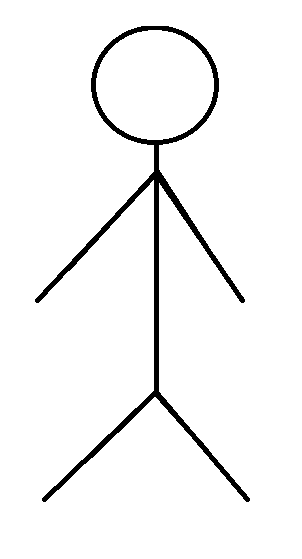
If artists didn’t learn from other artists, everyone would be drawing stick figures. Heck, are stick figures even an intrinsic way to draw people? What if that’s just the simplest way to draw people that parents teach their kids?
AI is a Tool
My most controversial argument is probably this: AI replaces the need to execute art, but it doesn’t replace art; writing prompts is art.
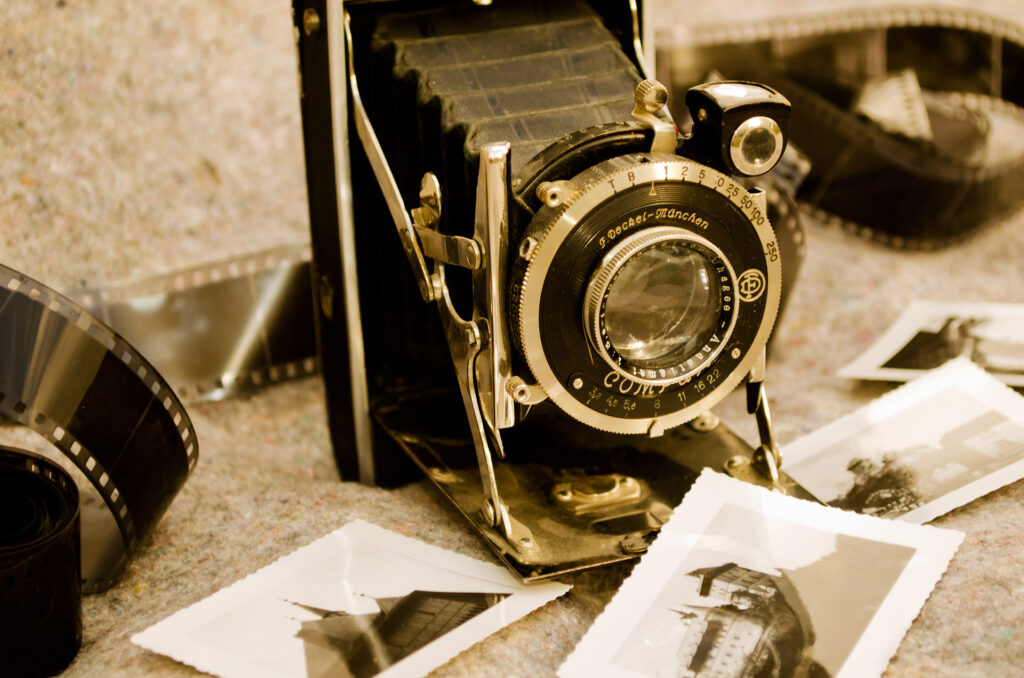
Hear me out. For the longest time, if you wanted to capture a person or a moment, you needed to commission a painter to paint the subject. When photography came around, it replaced needing to paint subjects most of the time. There’s still room for paintings, but, a lot of the use cases were replaced with photography. In a post-photography world, there are fewer jobs for painters and more jobs for photographers. However, something to note here, is that, just because anyone can take a photo, doesn’t mean that everyone is good at taking photos. That’s why people study photography and why we still hire photographers.
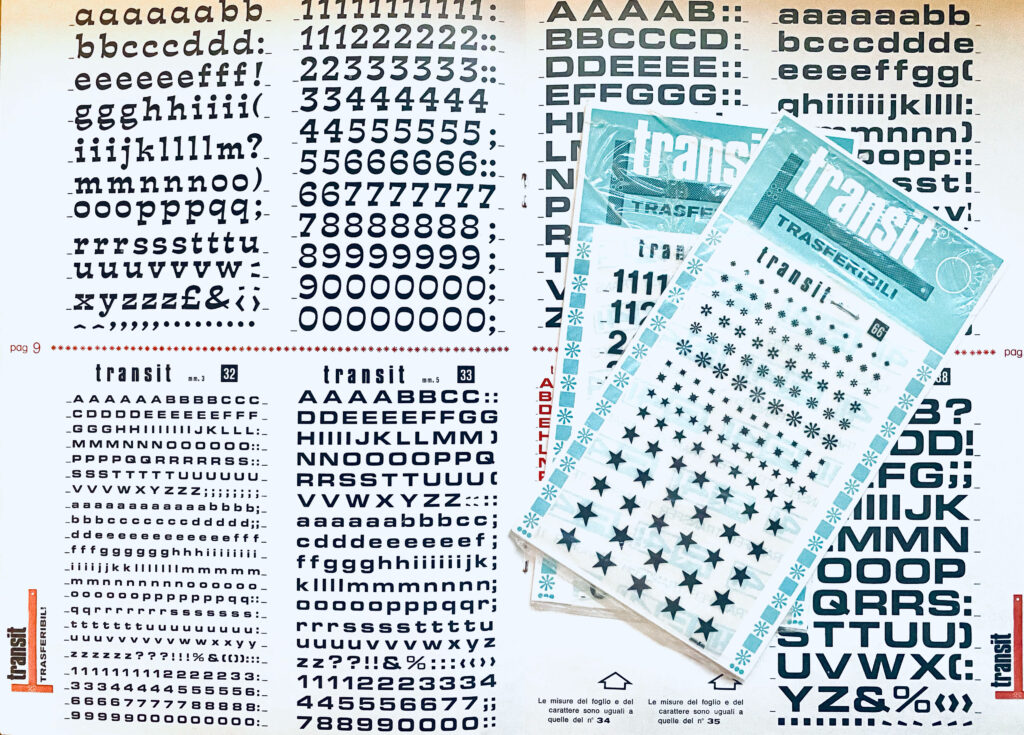
A similar thing happened with graphic design. Before computers, graphic design involved using Letraset, X-ACTO Knives, physical pictures, etc… and laying everything out physically on the page. Then computers came around. They eliminated the need for the skill of physically creating graphic designs, but, that skill was replaced with the skill of using Photoshop.
Drawing parallels to the two examples above, just like photography did to painting, AI-generated art will eliminate some of the need to create art manually. Also, just like photography, while anyone can write prompts, there are good prompts and bad prompts. Just like how there are lessons to learn photography to take good photos, there are already lessons to learn to create good prompts. Finally, just like graphic design, AI art eliminates the need to execute art, but people need to learn the new tools to do the job.
Some people do their own product photography. Heck, some people try to do their own wedding photography and videography. Yet, there are still jobs for photographers and videographers. Similarly, some people will write their own prompts, but there will be jobs for people who write good prompts and create good AI art. There are already Prompt Engineering jobs that pay upwards of 300K.
There is still value in a well-executed painting, but, like any craft, while it is impressive, it is not what most people care about. Most people care about the result, not the process.